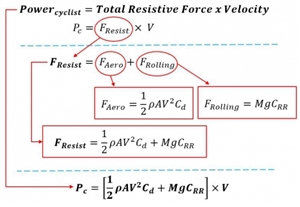Our returning competitor, and 2014 winner, Rohullah Latif, chose a different topic this year for his talk, Regenerative Medicine. Rohullah is completing his Master degree at John Hopkins University where the subject of his final thesis is bio-printing. Rohullah explained that regenerative Medicine kicked off in 1954 with the first kidney transplant, however with a shortage of organs across the world the ability to bio-print new body parts could help solve this.
The example that Rohullah gave is that of a Salamander where after a limb is lost, a blastoma of undifferentiated cells that act like stem cells is formed to regenerate the limb. Humans cannot do this as our pluripotent cells (which can become anything), are replaced by somatic adult cells which only regenerate into specific cells.
By taking part of the injured body part and differentiating it in the lab to form a bio-ink it can then be ‘printed’ onto a biodegradable scaffold (often made from a polymers or peptide chains) so as the scaffold dissolves, the replacement body part takes over. Rohullah gave two examples, the first being the printing of a blood vessel by layering muscle cells and vascular cells, or the example of Kabia Gionfriddo who had a bio-resorbable tracheal splint printed after her Trachea and left Bronchus collapsed.

Our second talk was from Akhil Viz, a triathlete who has competed at an international level, titled “What is the Secret Behind Cycling” which explained to the audience why endurance athletes use power meters rather than heat rate monitors to measure intensity of effort while they are training. Heat rate monitors are cheap, easy to use and reliable for long physical efforts, however they are also not very accurate and heart rate can be affected by sleep the previous night, blood pressure and several other factors.
In comparison power meters are very accurate, and are not influenced by other factors so despite being expensive and difficult to transfer from one bike to another, are the best way to measure intensity and track performance. Power meters’ work by combining Newton’s first and third laws of motion to determine that the power produced by a cyclist is equal to the total Resistive Force x Velocity, with resistive forces being both aerodynamic and from rolling resistance.

Akhil finished his talk with two graphs taken over the same bike ride by two different people cycling together over a 60-mile course, the power meter data was even showing a consistent level of effort, while the heart rate data showed a greater range of variability, primarily because heart rate is a lagging indicator of effort, compared to the instant indicator from a power meter.
Our third talk was from Doug Hu, who was given the opportunity for a month to “Engineer his way towards a new passion”. Doug decided to undertake some research to determine what tech savvy basketball players wanted to measure their performance. Basketball players wanted a better way to track if they were scoring 2 or 3-pointers during a game, without needing to have some sensor that might impede their performance strapped to them.
While a smart basketball exists for hundreds of dollars, this is too expensive for most people and doesn’t take advantage of the possibilities that the IOT revolution is bringing about. Doug decided that after reviewing all the sensor types on the market that the sensor must be capable of being a smartphone component as it allows for easy coding and it has a low power draw, eventually deciding to use magnetic sensors.

As a proof of concept Doug built a smartphone app that tracked the phones location relative to a stationary magnet marking the 3-point line. The tests were successful with sufficient accuracy being achieved. Doug then went on to explain by placing magnetometers outside the perimeter of the court, and giving each player a small magnetic device it was possible to train a classifier to determine which player was in which location at any point in time.
And who won, well you will just have to have a peek at our twitter feed...